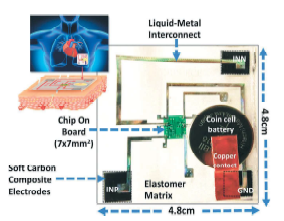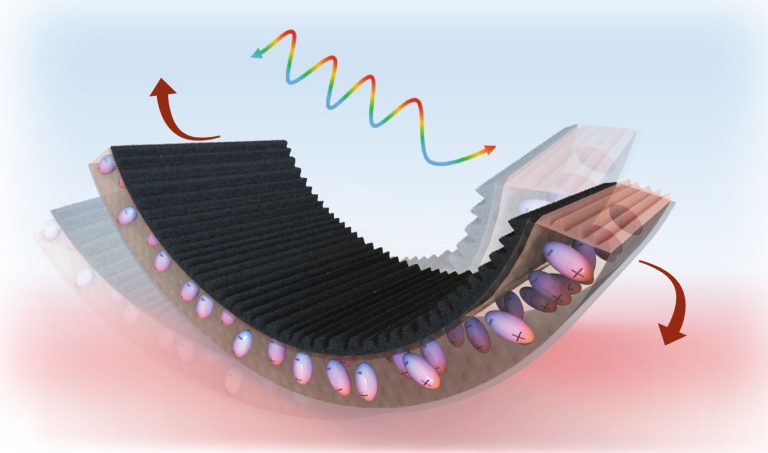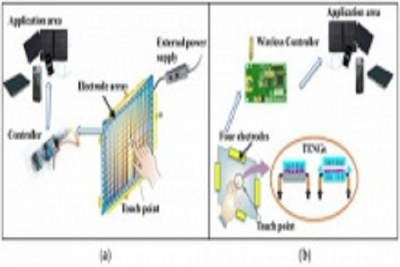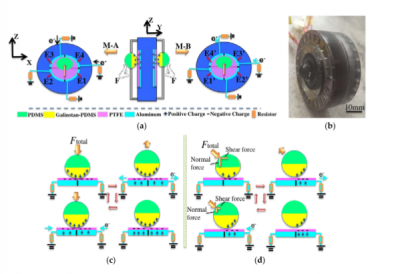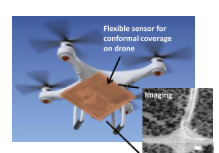Publication
- Significance of Nanomaterials in Wearables: A Review on Wearable Actuators and Sensors

Together with the evolution of digital health care, the wearable electronics
field has evolved rapidly during the past few years and is expected to be
expanded even further within the first few years of the next decade. As the
next stage of wearables is predicted to move toward integrated wearables,
nanomaterials and nanocomposites are in the spotlight of the search for novel
concepts for integration. In addition, the conversion of current devices and
attachment-based wearables into integrated technology may involve a significant
size reduction while retaining their functional capabilities. Nanomaterialbased
wearable sensors have already marked their presence with a significant
distinction while nanomaterial-based wearable actuators are still at their
embryonic stage. This review looks into the contribution of nanomaterials
and nanocomposites to wearable technology with a focus on wearable sensors
and actuators.
Researcher/Author: Wanasinghe Arachchige Dumith Madushanka Jayathilaka, Kun Qi, Yanli Qin, Amutha Chinnappan, William Serrano‐García, Chinnappan Baskar, Hongbo Wang, Jianxin He, Shizhong Cui, Sylvia W Thomas, Seeram Ramakrishna
Advanced Materials, Wiley Online Library, 2019/ 31/ 7, 1805921 (1 to 21), 10.1002/adma.201805921; https://onlinelibrary.wiley.com/doi/10.1002/adma.201805921
Researcher/Author: Wanasinghe Arachchige Dumith Madushanka Jayathilaka, Kun Qi, Yanli Qin, Amutha Chinnappan, William Serrano‐García, Chinnappan Baskar, Hongbo Wang, Jianxin He, Shizhong Cui, Sylvia W Thomas, Seeram Ramakrishna
Advanced Materials, Wiley Online Library, 2019/ 31/ 7, 1805921 (1 to 21), 10.1002/adma.201805921; https://onlinelibrary.wiley.com/doi/10.1002/adma.201805921



